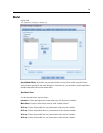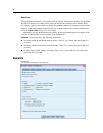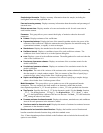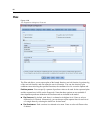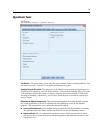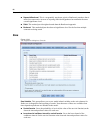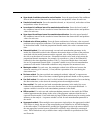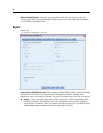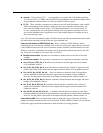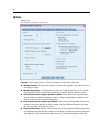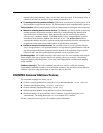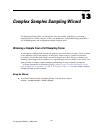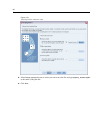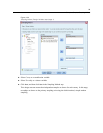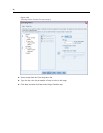
89
Complex Samples Cox Regression
varname_. Takes values P1, P2, ..., corresponding to an ordered list of all model parameters,
for row types COV or CORR, with valu e labels corresponding to the parameter strings shown
in the p arameter estimates table. The cells are blank for other row types.
P1, P2, ... These variables correspond to an ordered list of all model parameters, with variable
labels corresponding to the parameter strings shown in the parameter estimates table, and
take values according to the row type. For redundant parameters, all covariances are set
to zero; correlations are set to the system-missing value; all parameter estimates are set at
zero; and all standard errors, significance levels, and residual degrees of freedom are set to
the system-missing value.
Note:Thisfile is not immediately usable for further analyses in other procedures that read a matrix
file unless those procedures accept all the r ow types exported here.
Export survival function as SPSS Statistics data. Writes a dataset in SPSS Statistics format
containing the survival function; standard error of the survival function; upper and lower bounds
of the confidence interval of the survival function; and t he cumulative hazards function for each
failure or event time, evaluated at the baseline and at the predictor patterns specified on the Plot
tab. The order of variables in the matrix file is as follows.
Baseline strata variable. Separate survival tables are produced for each value of the strata
variable.
Survival time variable. The event time; a separate case is created for each unique event time.
Sur_0, LCL_Sur_0, UCL_Sur_0. Baseline survival function and the upper and lower bounds
of its confidence interval.
Sur_R, LCL_Sur_R, UCL_Sur_R. Survival function evaluated at the “reference” pattern (see the
pattern values table in the output) and the upper and lower bounds of its confidence interval.
Sur_#.#, LCL_Sur_#.#, UCL_Sur_#.#, … Survival function evaluated at each of the predictor
patterns specified on the Plots tab and the upper and lower bounds of their confidence
intervals. See the pattern values table in the output to match patterns with the number #.#.
Haz_0, LCL_Haz_0, UCL_Haz_0. Baseline cumulative hazard function and the upper and lower
bounds of its confidence interval.
Haz_R, LCL_Haz_R, UCL_Haz_R. Cumulative hazard function evaluated at the “reference”
pattern (see the pattern values table in the output) and the upper and lower bounds of its
confidence interval.
Haz_#.#, LCL_Haz_#.#, UCL_Haz_#.#, … Cumulative hazard function evaluated at each of the
predictor patterns specified on the Plots tab and the upper and lower bounds of their confidence
intervals. See the pattern values table in the output to match patterns with the number #.#.
Export model as XML. Saves all information needed to predict the survival function, including
parameter estimates and the baseline survival function, in XML (PMML) format. You can use this
model file to apply the model information to other data files for scoring purposes.



